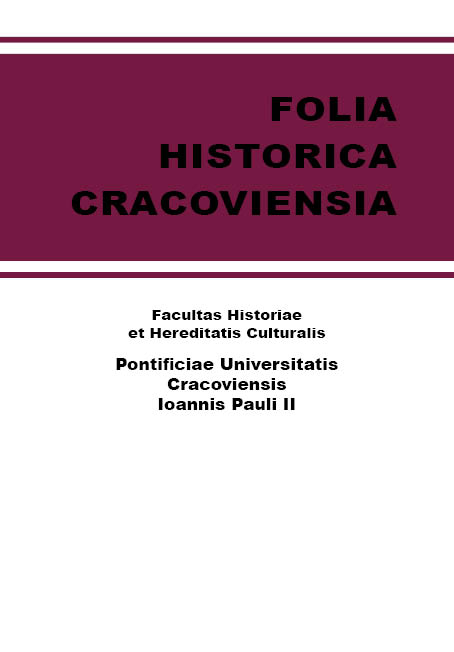Arcabas’s paintings in the Shrine of Our Lady of La Salette
Arcabas’s paintings in the Shrine of Our Lady of La Salette
Author(s): Piotr SzwedaSubject(s): Christian Theology and Religion, Visual Arts, Sociology of Art, Sociology of Religion
Published by: Wydawnictwo Naukowe Uniwersytetu Papieskiego Jana Pawła II w Krakowie
Keywords: Jean-Marie Pirot; Arcabas; La Salette; Our Lady; Missionaries of Our Lady of La Salette; Shrine of Our Lady of La Salette;
Summary/Abstract: Acting under the nickname Arcabas, Jean-Marie Pirot is a contemporary French religious painter, totally unknown in Poland. Arcabas’s artistic output is enormous, albeit difficult to catalogue. Today his works can be admired in many churches in France, in other locations across Europe, as well as in North and South America, or even in distant Japan. Our article presents a synthesis of the artistic path of Arcabas as a versatile painter who likes to influence human senses by colors while looking for harmony and beauty as God’s humble follower. In his works he transfers biblical scenes to canvas, transforming them into visual art. Moreover, we analysed six Arcabas’s paintings exhibited in the cradle of the congregation of Missionaries of Our Lady of La Salette, i.e. in the shrine of Our Lady of La Salette in France: The Wedding at Cana, Mouring at Calvary, Christ Pantocrator, The Symbols of Five Evangelists, Crowned Madonna with Child Jesus, La Salette – the Encounter. The artist’s smooth transitions from the literal to the abstract, and even combining both in a single work cause Arcabas’s works to be greeted with enthusiasm on the one hand, but criticized on the other. Jean-Marie Pirot’s art is far from clear or easy to absorb; it is rather challenging and ambiguous. It holds a mystery that intrigues, invites and encourages us to look deeper. It contains strong links to traditional Christian art, both eastern and western. The painter is not satisfied with merely becoming part of the long tradition and being inspired by themes from the repertoire of the past. He is not a slave to traditional figurative art, although his works do contain references to this tradition; instead, he demonstrates his creativity, always coming up with something new. In addition, Arcabas’s output demonstrates exceptional freedom in intertwining the sacred with the profane, sometimes suggesting that the very division should be rejected. His works, including those displayed in the shrine in La Salette, raise many questions, and provoke deep thoughts and many feelings, ranging from negative to positive. It should be emphasized that Arcabas’s paintings in the shrine of Our Lady of La Salette are not kitsch, but exemplify brilliant art of the 20th century.
Journal: Folia Historica Cracoviensia
- Issue Year: 22/2016
- Issue No: 1
- Page Range: 497-512
- Page Count: 16
- Language: English

